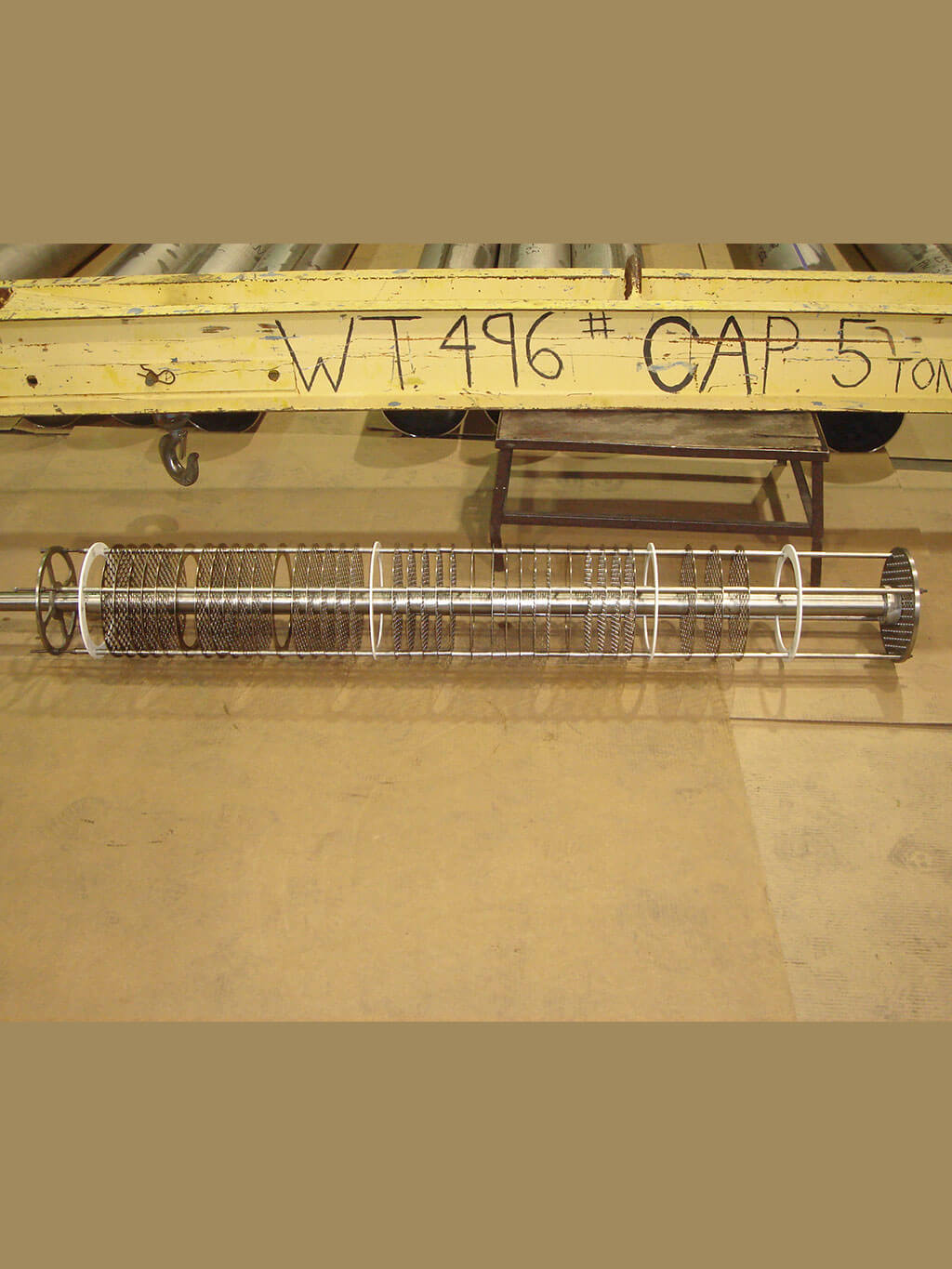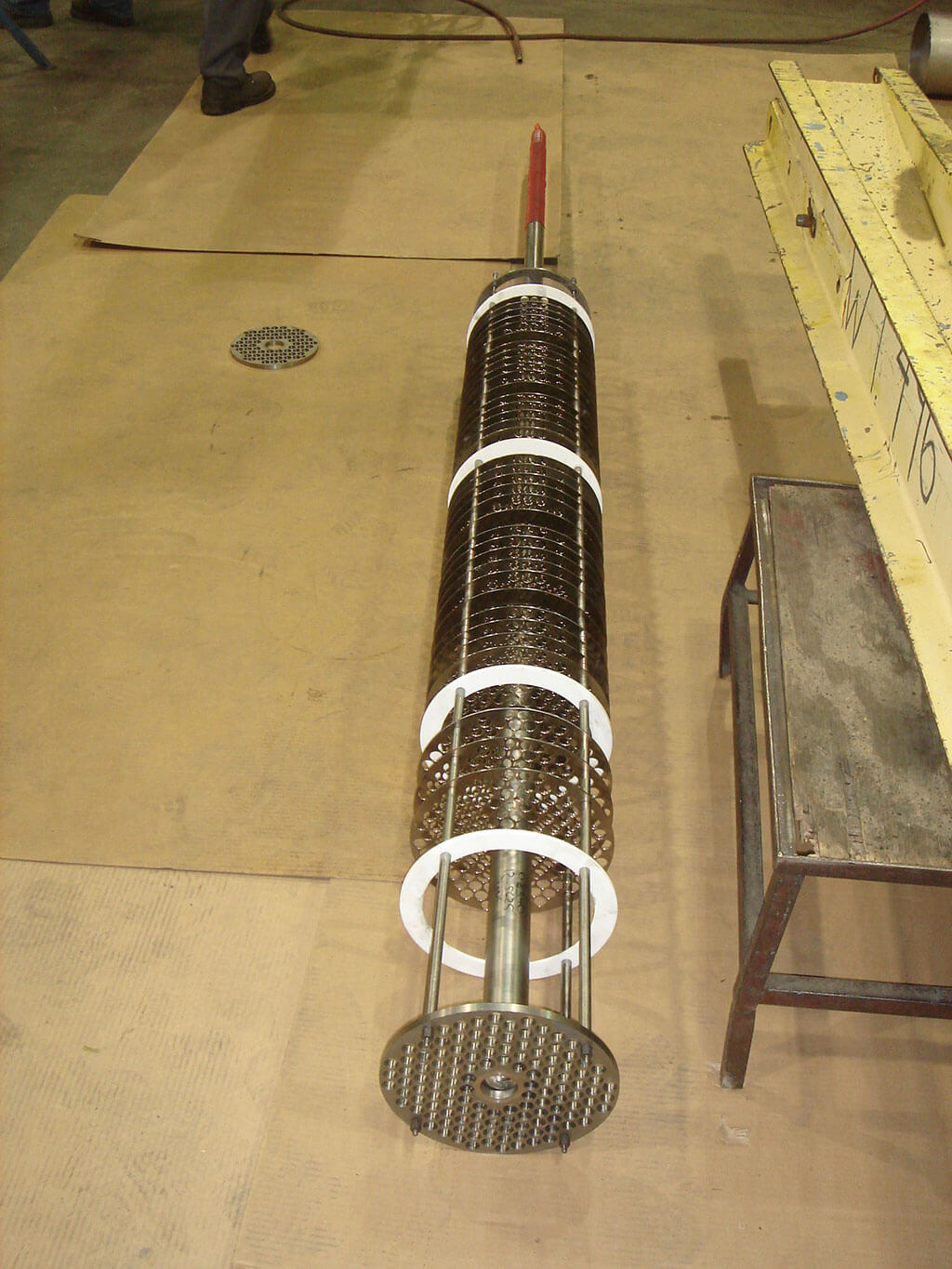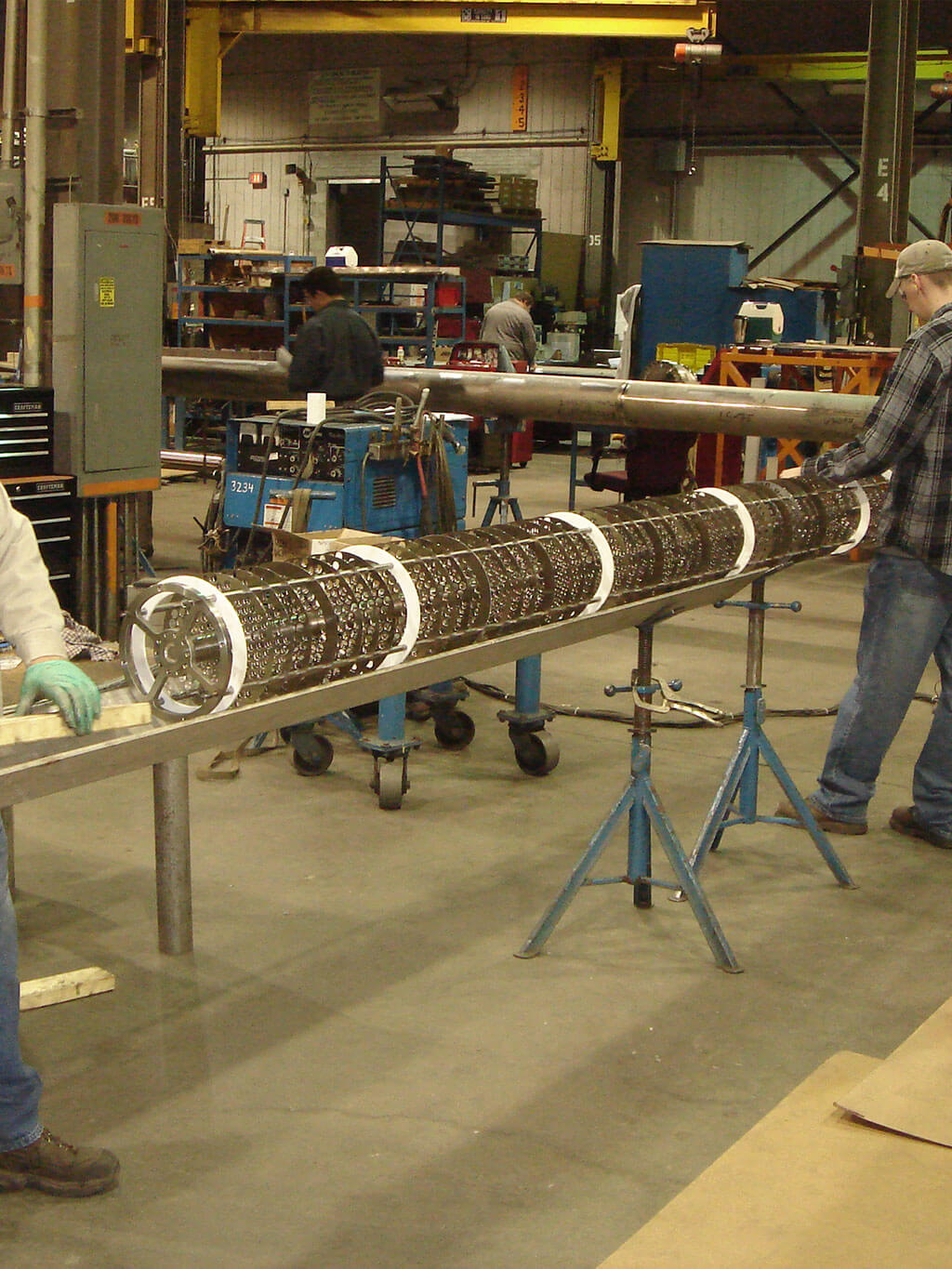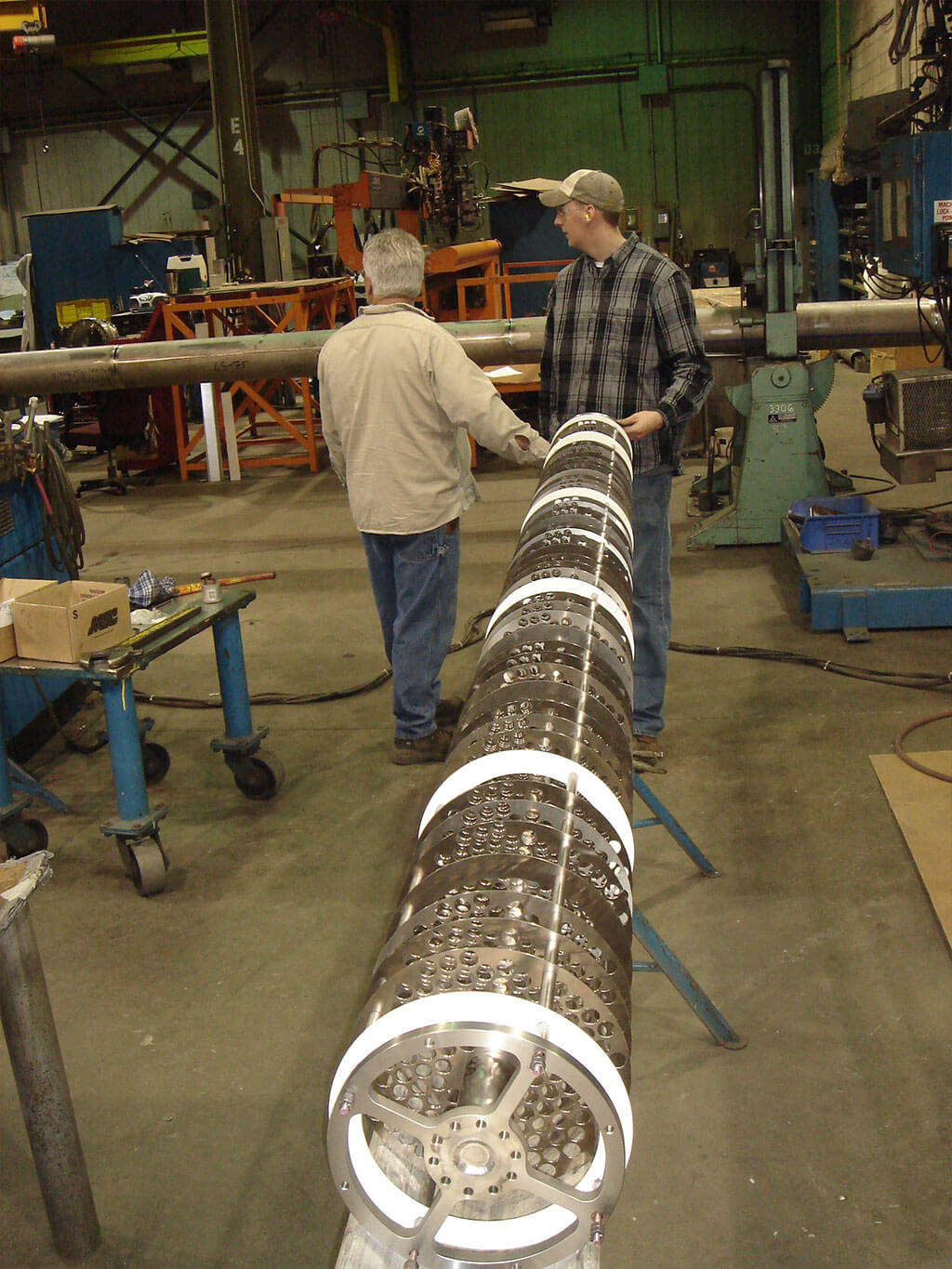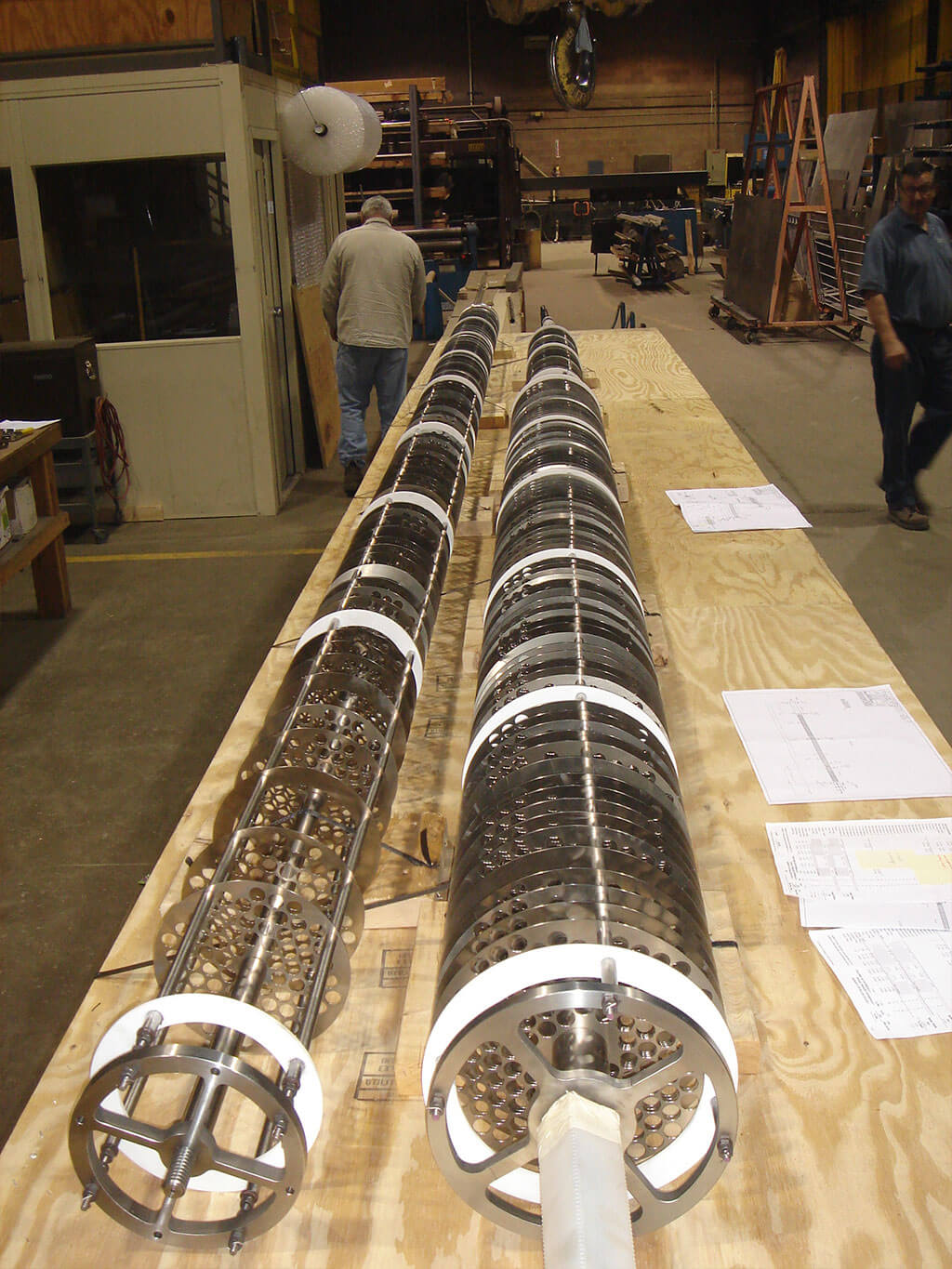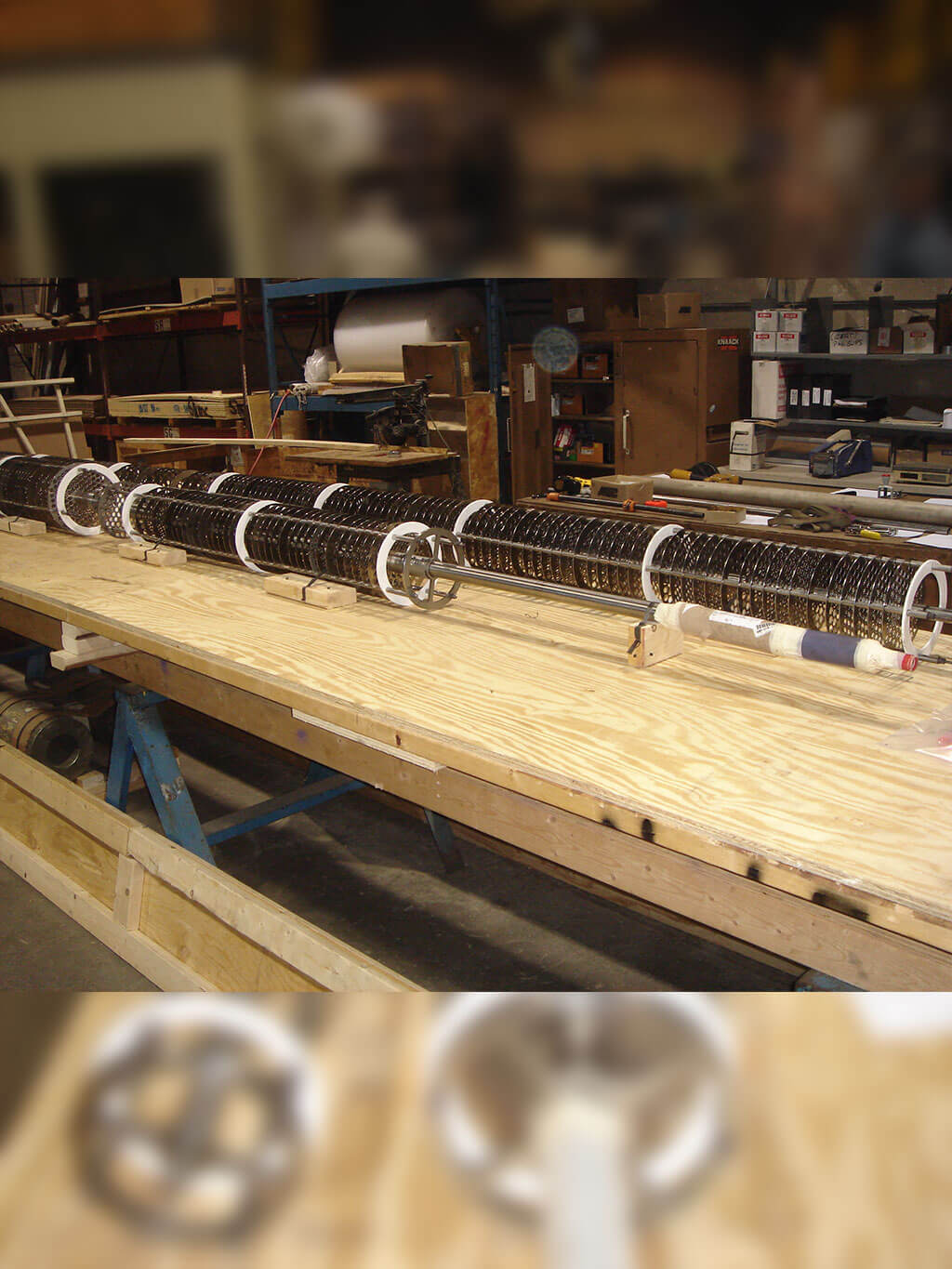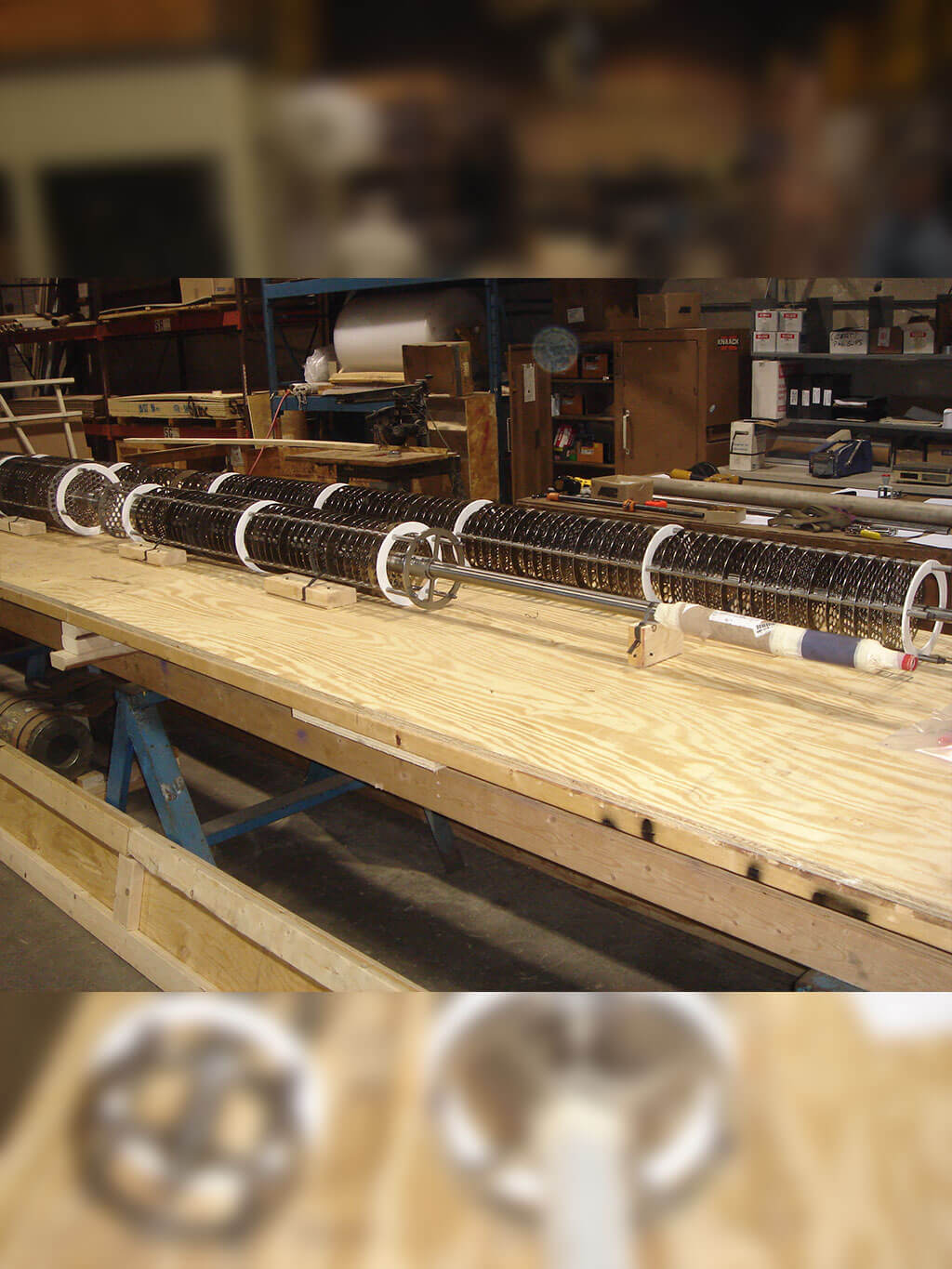This website uses cookies so that we can provide you with the best user experience possible. Cookie information is stored in your browser and performs functions such as recognising you when you return to our website and helping our team to understand which sections of the website you find most interesting and useful.
Challenge
The original plate stacks in both KARR®columns consisted of teflonperforated plates and spacers with 2” plate spacing. A fractional extraction process was taking place during which a feed stream was introduced to each column in the middle, and separate solvent streams were introduced at the top and bottom of the columns.
Pilot testing was critical in revealing what was going on in the system. Since the client wanted to perform pilot testing at their own facility, Koch Modular provided them with a ⅝” diameter, glass shell KARR®Column with options for testing with either PTFE plates and spacers or metal (Alloy C276) plates and spacers. The glass shell pilot column revealed that when using the PTFE internals (as used in the commercial columns) coalescence of the dispersed phase on the plate stack was taking place, suggesting that the client should consider reversing the continuous and dispersed phases.
After extensive pilot testing, it was determined that catalyst recovery could be improved by using the C276 plates, modifying the plate spacing, and moving the feed location closer to the top of the column. Although C276 alloy was sufficient for the pilot column, it was not acceptable for the commercial column with concerns that it may not hold up well long term. Choosing the right material was also important for getting the right wetting properties inside the column. Any coalescence results in a thin film on the column internals and loss in surface area that ultimately yields a loss in catalyst recovery rate. Thus, Zirconium was selected.
SOLUTION
The client’s existing PTFE plates and spacers were replaced with zirconium metal ones that offer improved corrosion resistance while achieving the correct wetting properties. Also, the plate spacing was modified, with wider spacing where the feed enters and narrower spacing towards both ends of the columns.
Additionally, the feed locations along the two columns were shifted up, for which Koch Modular provided plate stack extensions for. Once implemented into the commercial columns, the new plate stacks improved the catalyst recovery to 99% .
